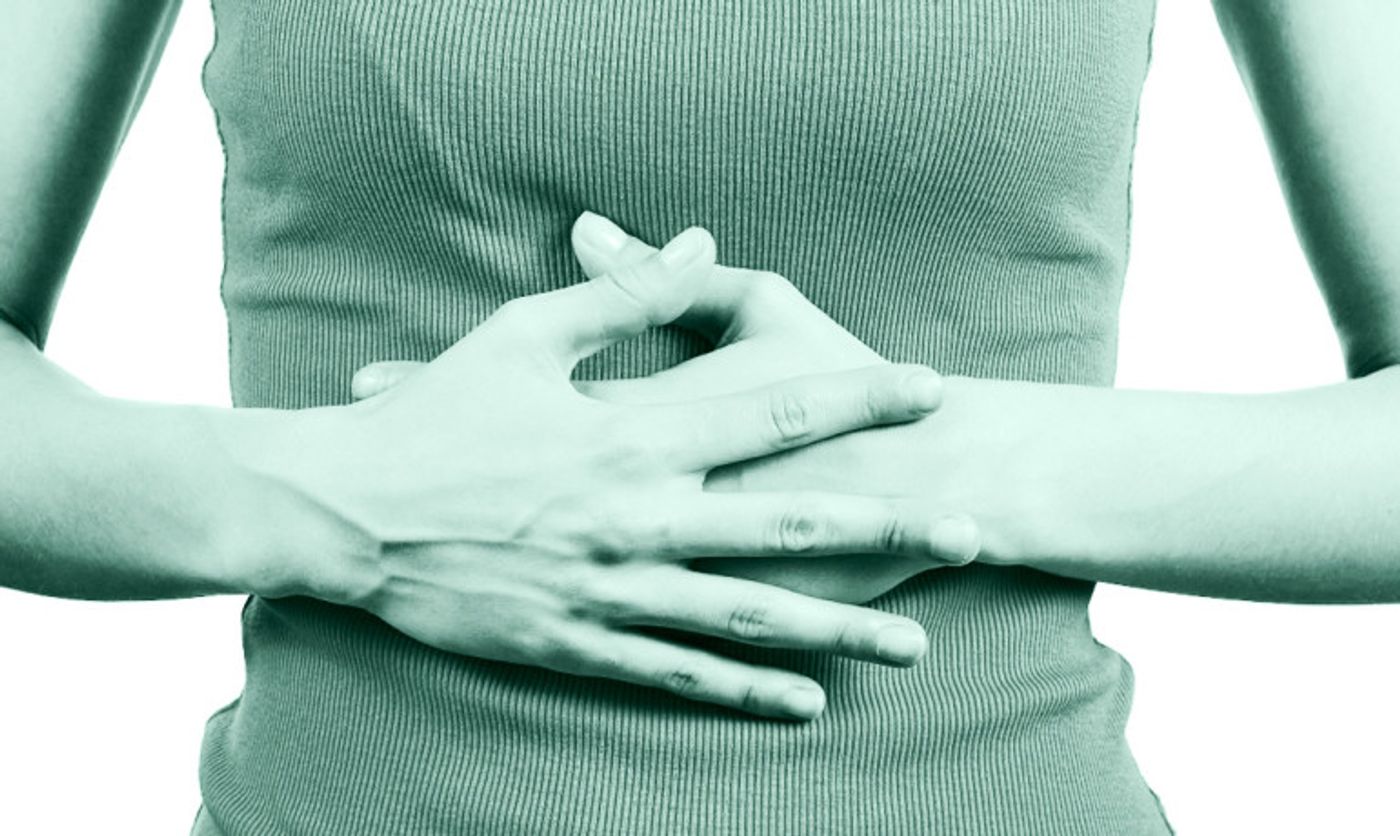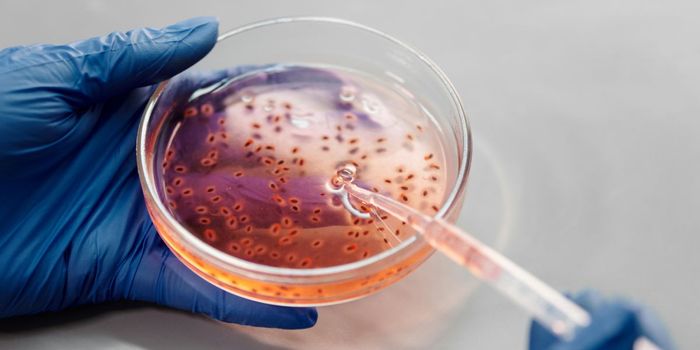People with anorexia nervosa have very different microbial communities living in their guts compared to healthy individuals, report researchers. This bacterial imbalance is associated with some of the psychological symptoms related to the eating disorder.
The findings, published in the journal
Psychosomatic Medicine, provide more evidence that the abundance and diversity of the gut microbiota—the trillions of bacteria that affect digestive health and immunity—could also affect the so-called “gut-brain axis.”
This research suggests that gut bacteria could play a prominent role in the debilitating symptoms of anorexia nervosa, a serious eating disorder that affects more than 3 million Americans and has the highest mortality rate of any psychological disorder.
“Other studies have linked gut bacteria to weight regulation and behavior,” says Ian Carroll, senior author of the paper and assistant professor of medicine at the University of North Carolina’s Center for Gastrointestinal Biology and Disease. “Since people with anorexia nervosa exhibit extreme weight dysregulation, we decided to study this relationship further.”
Carroll adds, “We’re not able to say a gut bacterial imbalance causes the symptoms of anorexia nervosa, including associated symptoms, such as anxiety and depression.
“But the severe limitation of nutritional intake at the center of anorexia nervosa could change the composition of the gut microbial community. These changes could contribute to the anxiety, depression, and further weight loss of people with the disorder.
“It’s a vicious cycle, and we want to see if we can help patients avoid or reverse that phenomenon. We want to know if altering their gut microbiota could help them with weight maintenance and mood stabilization over time.”
Microbes and moods?
For this study, Carroll’s team collected fecal samples from 16 women with anorexia nervosa after they were first admitted into the UNC Center of Excellence for Eating Disorders and then again after their weight was restored—when they were discharged. Then Susan Kleiman, a graduate student in Carroll’s lab and first author of the paper, characterized the composition and diversity of the gut microbiota in each sample.
Kleiman found significant changes in the gut bacteria populations between admission and discharge. The samples taken at clinic admission had fewer different types of bacteria, making the intestinal communities much less diverse. Microbial diversity is a sign of better overall health. Upon hospital discharge, the microbial diversity had increased, but was still significantly less diverse than that of 12 healthy individuals, whose gut microbiotas were analyzed for this study.
As the microbial communities in patients with anorexia improved during clinical care and weight gain, the moods of patients also improved. Thus, the researchers noted an association between the gut microbiota and a central symptom of people with anorexia nervosa.
Bacterial ‘transplants’
The question remains whether improving microbial abundance and diversity could help relieve symptoms related to the eating disorder. To find out, Carroll has formed a team of researchers to further study the relationship between the gut microbiota and anorexia nervosa.
“Over the past 10 years, prominent researchers have learned that when you take gut microbial communities of an obese person and put it in germ-free mice—which are maintained in sterile conditions and lack intestinal microbiota—the mice gain more weight than germ-free mice that have been colonized with a gut microbiota from a lean individual,” Carroll says. “This suggests that gut microbes mediate weight gain or loss.”
Other animal studies have shown that adding gut bacteria to previously germ-free mice altered their behavior, especially in relation to anxiety and stress.
“We’re not saying that altering gut bacteria will be the magic bullet for people with anorexia nervosa,” Carroll says. “Other important factors are at play, obviously. But the gut microbiota is clearly important for a variety of health and brain-related issues in humans. And it could be important for people with anorexia nervosa.”
Searching for better treatments
As part of the new work, his team will characterize the microbiota of a large number of people with anorexia nervosa as they enter UNC’s clinic and when they are discharged, which typically happens when they reach about 85 percent of their ideal body weight. Then his team will put those gut bacteria in germ-free mice. This will help Carroll learn how the microbiota from anorexia nervosa patients affects the biology and behavior of the mice.
If Carroll’s team learns that the bacteria has a detrimental effect on the mice, then this might suggest that cultivating a healthy microbiota could serve as a therapeutic route to help people with anorexia nervosa.
“Currently available treatments for anorexia nervosa are suboptimal,” says collaborator Cynthia Bulik, director of the UNC Center of Excellence for Eating Disorders. “In addition, the process of weight gain and renourishment can be extremely uncomfortable for patients. Often, patients are discharged from the hospital, and within months and sometimes weeks they find themselves losing weight again and facing readmission.
“If specific alterations in their microbiota could make renourishment less uncomfortable, help patients regulate their weight, and positively affect behavior, then we might see fewer readmissions and more cures.”
Source:
UNC-Chapel Hill
This article was originally published on
futurity.org.









